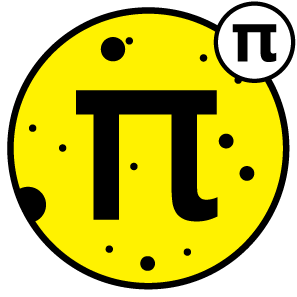What do the trees know.
•
• sway, sway, sway
• more quotes
space + pixels
places to go
nobody to see
nobody to see
π in the sky
·
If you like space, you will love this. The 2017 π Day art imagines the digits of π as a star catalogue with constellations of extinct animals and plants. The work is featured in the article Pi in the Sky at the Scientific American SA Visual blog.
She looks like the Moon
and I can be the world
and I can be the world
The Moon, near side
Expect stunning vistas, infinite line of sight and zero fresh air. Bring a space suit.
The map is based on the 3.6 gigapixel image of the near side of the moon taken by the Lunar Reconnaisance Orbiter Camera. Topological annotations taken from Gazetteer of Planetary Nomenclature by the International Astronomical Union (IAU) Working Group for Planetary System Nomenclature (WGPSN). The resolution is 100 meters per pixel.

▲ Icons and typography for lunar topological features.
Links in the list below point to the approved list of features of each type by the International Astronomical Union (IAU) Working Group for Planetary System Nomenclature (WGPSN).
5434 satellite features 919 craters 116 rimae (grooves) 83 landing site locations 42 montes (mountains) 39 dorsa (ridges) 18 maria (seas) 17 lacūs (lakes) 12 valles valles (valleys) 11 sinūs (bays) 11 catenae (crater chains) 9 promontoriapromontoria (high point) 8 rupēs (faults) 6 lunar modules 3 paludes paludes (fields) 2 fictional features 1 albedo feature 1 planitia (plain) 1 oceanus (ocean) ---- 6733 places
The counts include only features on the near side of the Moon.
Martin Krzywinski | contact | Canada's Michael Smith Genome Sciences Centre ⊂ BC Cancer Research Center ⊂ BC Cancer ⊂ PHSA
{ 10.9.234.152 }
